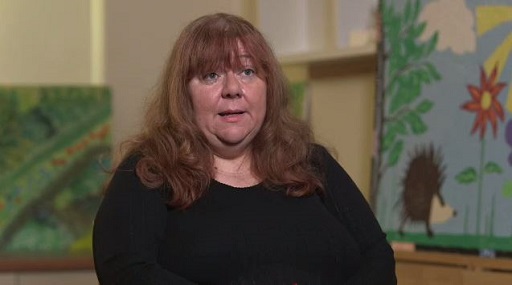7 Making a difference
This course considers the kinds of practice that might make a difference to children and young people’s wellbeing but also how we can evaluate whether any difference has been made. In this next activity you will look at the ways in which practices can be evaluated.
Activity 7 Evaluating practice: why and how?
Task 1
At this point, think about what to evaluate and how by answering the following two questions.
- Why might it be important to know whether practice is having an impact on children and young people’s wellbeing? Try to think of at least two different examples.
- Taking the example of a family centre such as Hedgerows, what would you try to evaluate and how? Again, try to think of at least two different examples.
Discussion
It might seem obvious that we want to know if practice is having an impact on children and young people’s wellbeing, but there are several perspectives on this, including to:
- improve practice (some approaches could be dropped and others enhanced if it was apparent which ones were effective in their impact)
- demonstrate that services are fulfilling their main purpose
- demonstrate that a service is providing value for money – whoever is providing the money may want evidence of what impact it is really having.
Hopefully you came up with some ideas about what a family centre might do to evaluate practice. The next short video will highlight some of the things they do at Hedgerows – see how they compare to your own ideas.
Task 2
Listen to Tina talking about evaluating services, and note what she says about the need for the centre to demonstrate its effectiveness. As you watch, focus on the different measures they use at Hedgerows to evaluate impact.

Transcript: Tina Price talks about evaluating practice
Task 3
Now use Table 2 below to note down the different measures used at Hedgerows to evaluate impact for both adults and children. You should be able to identify at least four areas of evaluation.
| What is Hedgerows trying to evaluate? | How is Hedgerows measuring this? |
|---|---|
Discussion
The completed table below shows some examples, although you may have identified others:
| What is Hedgerows trying to evaluate? | How is Hedgerows measuring this? |
|---|---|
| The impact of the services at Hedgerows on the local community | Numbers using the centre and accessing different sessions Levels of engagement with ‘priority’ groups |
| Whether it is helping achieve change with individual families | Using an assessment tool (‘Family Star’) and individual action plan |
| Whether Hedgerows is helping children prepare for the transition to school effectively (school readiness) | Data from schools about success at end of foundation year |
| Whether it is making a difference to children’s health | Health data, including dental decay and obesity measures Enhanced healthy eating and lifestyle |
| Whether it is improving the ability of adult family members to secure employment | Numbers securing employment |
| Whether it is enabling adults to engage with educational opportunities | Numbers signed up to courses |
Tina mentions many different types of measures here including more anecdotal examples of making a difference – such as social networks helping with a mental health issue - which she sees as important in enhancing the wellbeing of the whole family but which are more difficult to demonstrate explicitly.
